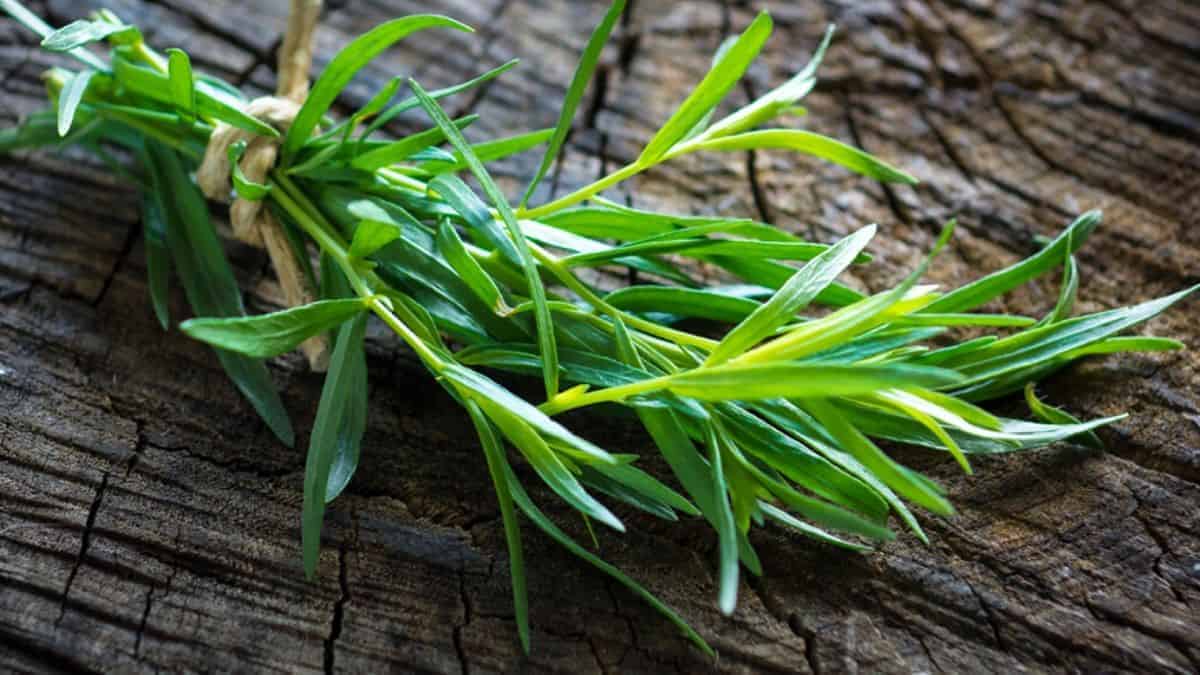Description
Tarragon is a herb that is sweet with the complexity of spice, sharpness, and aroma, most noticeably aniseed. The herb comes from a small shrub with firm straight stalks and long delicate slender leaves, smooth, and glossy green in color.
What does tarragon herb taste like?
The flavor of tarragon herb is bittersweet and mild in spice, highly aromatic with notes of licorice, anise, and basil. The numbing effect and refreshing flavor is often used as a palate cleanser and was even used by Middle Eastern physicians to numb the palate before taking medicine. The complexity of the herb has led to a reputation that tarragon can take dishes to the next level with minimal effort, although used sparingly, regarded by some as the ‘King of Herbs’.
Tarragon Uses
Fresh or cooked tarragon herb lends well to add depth to soups, braises, vinaigrettes, sauces, stews, and even drinks. The herb is an essential ingredient in classic French cuisine, making up one of the four ‘fine herbes’, the others being chive, chervil, and parsley. The leaves of the herb are edible and to be used in moderation as tarragon can be easily overpowering. Chopped fresh into dressings, salads, and sauces tarragon lifts the herbaceous profile of dishes.
Alternatively cook into sauces and soups to intensify the flavor, working well with rich ingredients such as cream and mustard. Tarragon vinegar can easily be made by steeping fresh tarragon in a preferred vinegar and then used to liven sauces and vinaigrettes.
Although generally a savory component, tarragon herb is also found to be used in sweet dishes such as the Slovean Easter tradition of baking a sweet nut roll cake named potica.
Tarragon Herb Substitutes
- Chervil: a green herb with a lighter anise flavor, use more chervil than tarragon when using as a substitute.
- Fennel Fronds: strong alternative if a recipe calls for fresh tarragon such as sauces and dressing, the delicate licorice flavor will be lost in cooking.
- Dill: similar aroma and flavor of anise with less intensity, use in recipes in which the tarragon would not be cooked as dill loses its flavor when heated.
- Fennel Seed: use in place of dried tarragon to replicate aniseed notes.
- Anise Seed: replace when cooking with fresh or dry tarragon to provide a licorice under-tone to dishes.
Compliments and Pairings
Tarragon is a spring herb and therefore pairs well with seasonal ingredients such as asparagus and rabbit, as well as lemon, vinegar, eggs, fish, poultry, pork, melon, orange, pasta, cream, tomato, grapefruit, fennel, leek, cheese, mushroom, and potatoes.
Expiration and Storage
- Fresh: wrapped in a damp kitchen paper and stored in the fridge for up to a week. Reapply water to the paper if it becomes dry.
- Dried: concentrated and simplified flavor, air-tighter container for up to 6 months.
- Frozen: freeze fresh tarragon for future use in sauces and as a base flavor.
Where does tarragon come from?
Tarragon, also known as estragon or artemisia dracunculus was first cultivated in Siberia and is a member of the sunflower family. The French variety has become the most commonly used and prized by cooks as more delicate and the most fragrant intense in flavor. More nerdy origin facts about tarragon herb can be found on wikipedia.
Fun Facts
- The French name for tarragon, estragon, translates to “little dragon” and refers to the strong taste of the herb and the entangled root system.
- The French variety of tarragon is in fact sterile as it does not produce seeds. It is, therefore, required to intervene in propagation through cuttings.
Popular Recipes
- Tarragon vinegar – use for pickled cucumbers or dressings
- Bearnaise sauce
- Potato salad
- Leek and tarragon frittata
- Chicken fricassee with mushroom and tarragon
- Pork loin with cider and tarragon sauce
- Tarragon and asparagus gnocchi
- Grapefruit and tarragon gin and tonic
- Crab cakes
- Potica
- Tarkhuna

